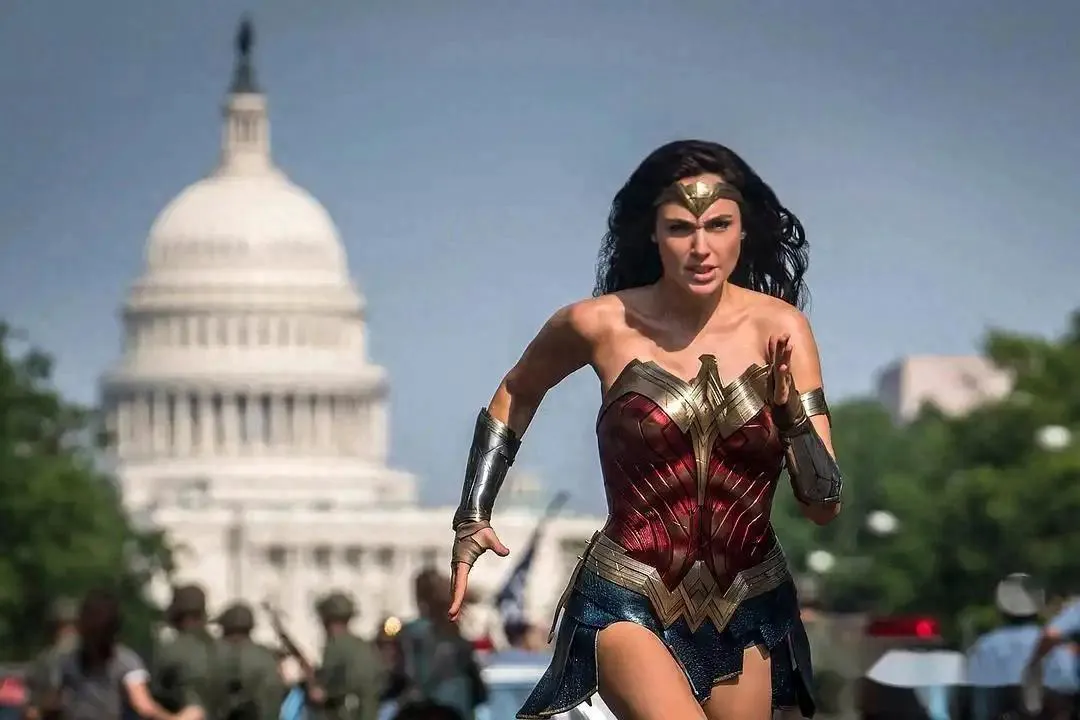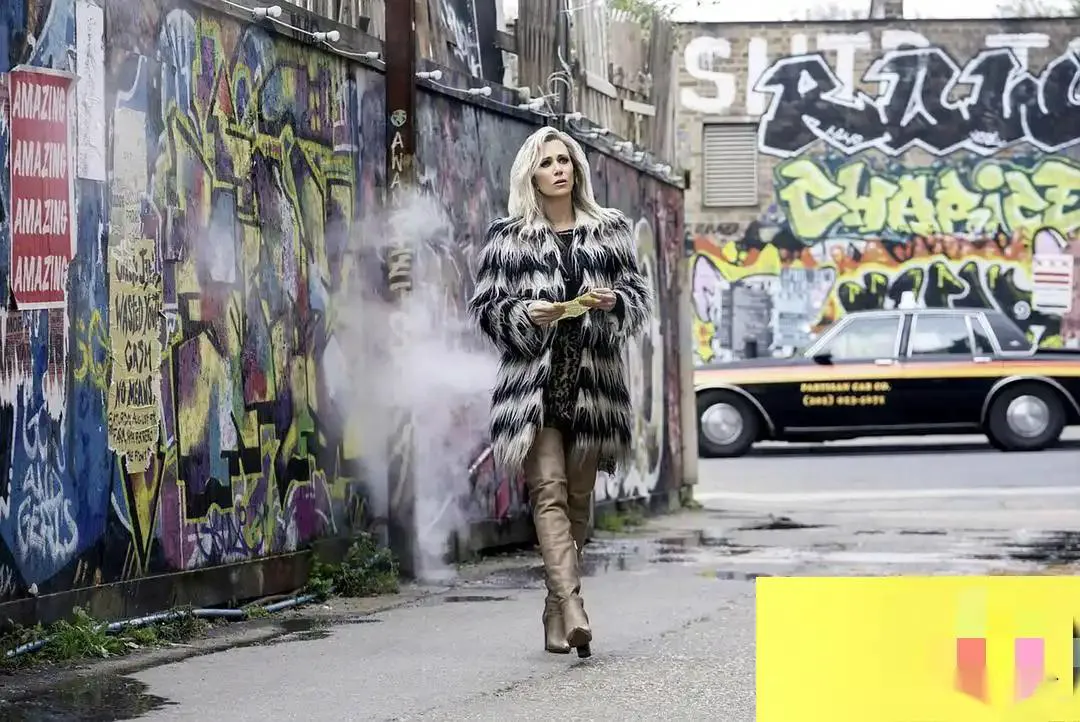A Look Back at Wonder Woman: From Linda Carter to Gal Gadot
A two-minute, twenty-four-second trailer unveiled at DC’s global fan event ignited excitement among movie enthusiasts. The trailer showcased the highly anticipated film, “Wonder Woman 1984.” As a prominent superhero movie, it not only continued the captivating storyline of its predecessor but also introduced new characters and settings. Notably, Wonder Woman’s new armor and the return of Steve Trevor became major highlights.

During the film’s launch, Linda Carter, who portrayed the original Wonder Woman, also became a focal point. Carter first took on the role in 1975 and garnered widespread acclaim for her performance. Her portrayal solidified Wonder Woman as a beloved and iconic character.

Years later, Wonder Woman returned to the big screen, this time portrayed by Israeli actress Gal Gadot. Gadot’s performance was equally impressive, successfully embodying a powerful yet compassionate Wonder Woman, further popularizing the character.
“Wonder Woman 1984” Unveiled
The DC global fan event featured numerous highly anticipated film presentations, including “Wonder Woman 1984.” DC not only released the film’s trailer but also invited the cast and crew to share behind-the-scenes anecdotes.
The trailer showcased Wonder Woman in a stunning golden armor, wielding her iconic weapons and demonstrating her formidable combat skills. The film introduces a new villain, Cheetah, played by Kristen Wiig.
Beyond the action sequences, the trailer hinted at a romantic connection between Wonder Woman and Steve Trevor. Despite his apparent death in the previous film, Steve’s return in “Wonder Woman 1984” piqued audience curiosity about the plot’s direction.
The Legacy of Wonder Woman: Carter and Gadot
“Wonder Woman 1984” boasts a stellar cast, with Gal Gadot’s portrayal of Wonder Woman drawing significant attention.
Gadot, an Israeli actress and former model, transitioned to acting and has received numerous award nominations. Her performance in “Batman v Superman: Dawn of Justice” (2016) garnered widespread recognition, ultimately leading to her casting as Wonder Woman.
In “Wonder Woman 1984,” Gadot continues her portrayal of the character with grace and power, capturing the essence of Wonder Woman.
Linda Carter, the original Wonder Woman, also remains a prominent figure. Carter, an American actress and former model, transitioned to acting and received critical acclaim.
Her portrayal of Wonder Woman in 1975 resonated with audiences and cemented the character’s iconic status.
Even after many years, Carter remains active in the entertainment industry, participating in various film and television projects as an actress, producer, and writer.
The Impact of Female Representation
Wonder Woman has consistently garnered attention as both a superhero and a symbol of female empowerment. The character’s significance has evolved over time, reflecting societal changes and the shifting status of women.
In the 1970s, when women faced significant gender discrimination, Wonder Woman’s emergence inspired women to embrace their strength and independence.
Despite progress in gender equality, challenges persist, particularly in regions with deeply ingrained traditional values.
This raises questions about gender bias in the film industry’s portrayal of female characters and the potential for positive change.
Generational Differences
Carter and Gadot represent different eras, and their portrayals of Wonder Woman reflect societal shifts and evolving perceptions of female characters.
Carter’s Wonder Woman in the 1970s embodied a more traditional femininity, with a modest costume and a gentle demeanor.
Gadot’s contemporary Wonder Woman is more independent and powerful, with a practical and ornate costume designed for combat.
Gadot’s Wonder Woman is also decisive and resilient, capable of leading and supporting her male counterpart, embodying a strong female archetype.
The Evolution of Gender Equality
Wonder Woman’s emergence coincided with the rise of the gender equality movement, empowering women to assert their rights.
In the 1970s, Wonder Woman inspired women to fight for their rights and recognize the importance of gender equality.
Despite progress, gender discrimination persists, particularly in regions with deeply ingrained traditional values.
This raises questions about the challenges and opportunities facing the gender equality movement and how to ensure equal access to resources and opportunities for all.
Personal Journeys
Carter and Gadot’s careers offer valuable lessons for aspiring actors.
Carter experienced career ups and downs, fading from the spotlight before returning to acting in recent years.
Gadot overcame a near-fatal car accident that threatened her modeling career before transitioning to acting and achieving success.
Their stories demonstrate that perseverance and resilience are essential for overcoming challenges in any profession.
Conclusion
Wonder Woman’s enduring appeal lies in her representation of female strength and independence. The character’s significance has evolved over time, reflecting societal changes and the shifting status of women.
Gadot’s portrayal of Wonder Woman continues to inspire audiences, promoting gender equality and empowering women to achieve their full potential.
It is hoped that Wonder Woman’s legacy will continue to promote gender equality, empower women, and inspire more positive portrayals of female characters in film and television.